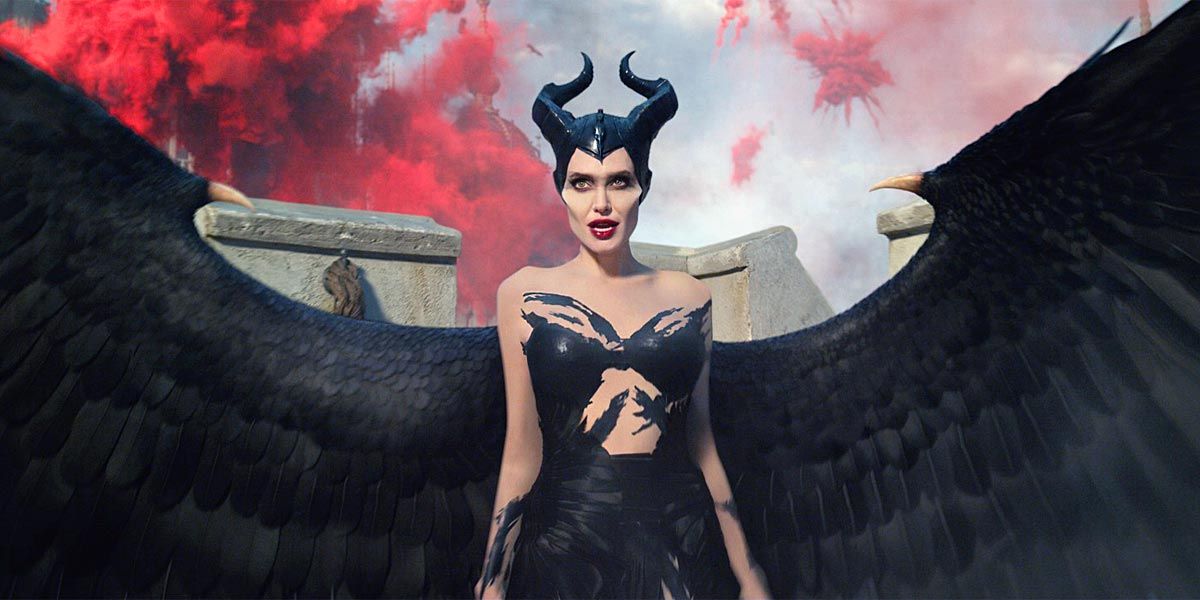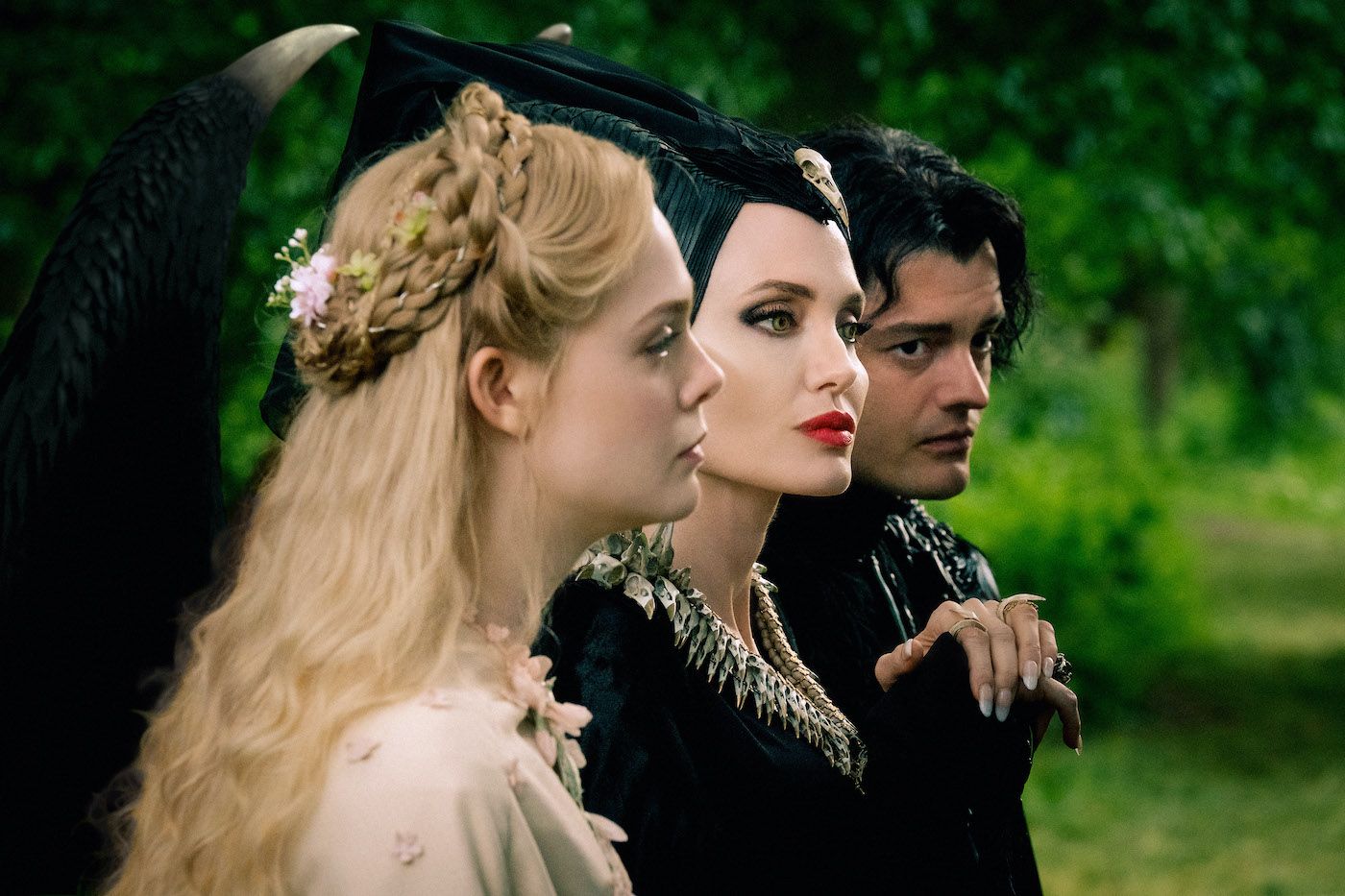Of all the live-action remakes Disney has produced of its classic animated movies, 2014’s Maleficent, starring Angelina Jolie in the title role, is among the most unique. Instead of a straightforward retelling of 1959’s Sleeping Beauty, the studio opted to present the story from the perspective of its villain, the evil fairy Maleficent. That film certainly had its flaws, but at least it was an original take on a familiar tale. It’s doubtful, however, that many movie-goers left the theater thinking a sequel was necessary. Yet following its box-office success, Disney has decided a sequel is what we want, so it’s given us one with Maleficent: Mistress of Evil.
It will come as no surprise to anyone who saw the first film that the sequel is beautiful. Whether in the magical moors or a royal castle, the visuals are breathtaking. If only the story were as inspired.
While Maleficent: Mistress of Evil is an intriguing title, it turns out it’s a bit of a misdirect, as Maleficent was reformed in the first film and hasn’t fallen back on her old ways. Instead, "Mistress of Evil" indicative of the way others perceive her, and that’s a major catalyst for the action.
After her goddaughter Aurora (Elle Fanning) becomes engaged to Prince Phillip (Harris Dickinson), things go horribly awry when she brings Maleficent to meet her future in-laws, including Michelle Pfeiffer’s Queen Ingrith. That leads to a divide between Aurora and Maleficent that has them both questioning their familial bonds. It’s a rift that opens them up to new relationships, as well as unexpected evil forces.
Admittedly, the movie makes some smart moves. The first film centered on Aurora’s family and upbringing, and as a result, Prince Phillip was fairly tangential to the plot. So focusing on his family in the sequel opens up all kinds of story possibilities.
Unfortunately, the story follows a fairly predictable outline that doesn’t hold too many surprises. And when there are surprises – like Maleficent connecting with more of her kind – the movie glosses over a satisfying explanation for them.
As a result, Mistress of Evil presents a familiar story arc that builds to a spectacular final battle, and offers a traditional happy ending. While that’s often all we expect from a fairy tale like this, the film points to a number of ideas that hint at something more. Those include war and peace, parents and children, strength and weakness, and the power of propaganda. However, the movie doesn’t explore any of them with much depth. It’s a missed opportunity that leaves the sequel feeling hollow.
That said, Jolie is still mesmerizing as Maleficent, and does a wonderful job conveying the conflict the character feels between wanting to support Aurora and not allowing her to go. Pfeiffer. too, gives a strong performance as a queen who truly believes in her cause, and will stop at nothing to achieve her goals. Fanning has a meatier role than she did in the first movie, and does a good job finding the balance between Aurora’s loyalties.
It’s refreshing to have three women lead a movie from a major Hollywood studio; if only the movie itself were better. Unfortunately, given Disney’s recent spate of live-action remakes and unnecessary sequels, it’s difficult not to view Mistress of Evil's existence through a cynical lens. That doesn’t mean the movie isn’t diverting – in fact, it’s perfectly watchable. However, Maleficent: Mistress of Evil never conjures the magic of the original film, and seems even less necessary.
Directed by Joachim Rønning, Maleficent: Mistress of Evil stars Angelina Jolie, Elle Fanning, Michelle Pfeiffer, Ed Skrein, Jenn Murray, Chiwetel Ejiofor, Juno Temple and Brenton Thwaites. The film opens Friday nationwide.


